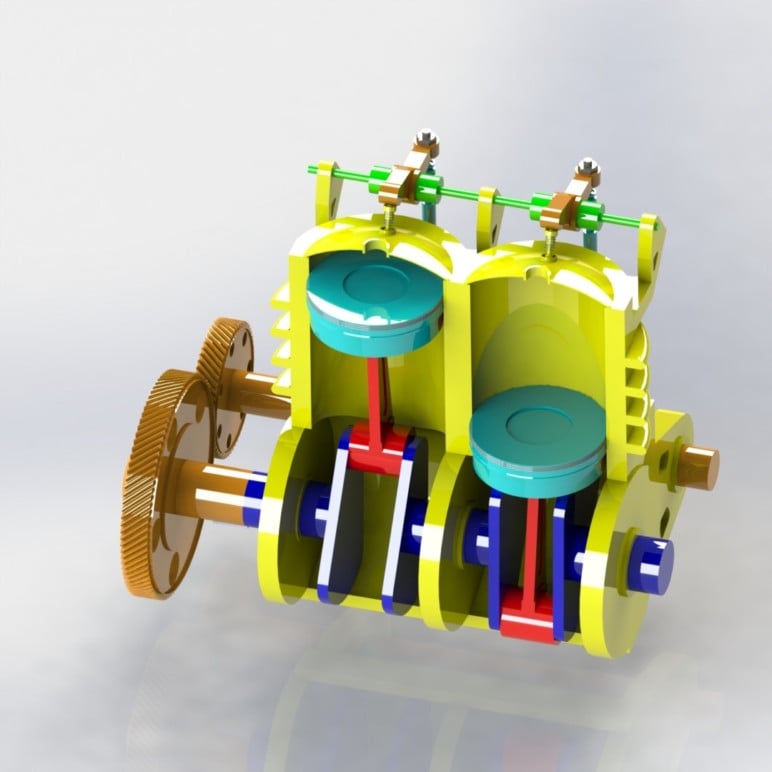
It’s rarely a good idea to dimension your sketch against a fillet!

Understand when it’s best to dimension sketches to planes, axis, other master sketches, absorbed sketches, model points and edges. This should be enforced across all SolidWorks users.Īlso, consider what part of the model you dimension your sketch to. To make sure undefined sketches are never the cause of your unstable model, tick the ‘Use fully define sketches’ box in SystemOptions>Sketch. Measured dimensions are best for defining splines but they can also be easily manipulated into the desired form and then constrained with a ‘fixed’ relationship. Not fully defining your sketches in SolidWorks is undeniably an engineering sin! Splines seem to be a key feature many users under define. Sometimes when these sketches are absorbed by other features their purpose can be overlooked, therefore this sketch must be identified in the model tree.Ĭonsider if there is anywhere in your model that could benefit from this approach. This is where one sketch is used for multiple features and therefore the interactions of these parts can be easily controlled.

Master sketches can be useful for laying out key interactions between components on the same plane. Avoid adding sketch fillets where the fillet feature can perform the same action towards the end of the model tree. Try to think beyond the fillets in your design.


 0 kommentar(er)
0 kommentar(er)
